Skateparks for the people: an interview with Lisa Jacob
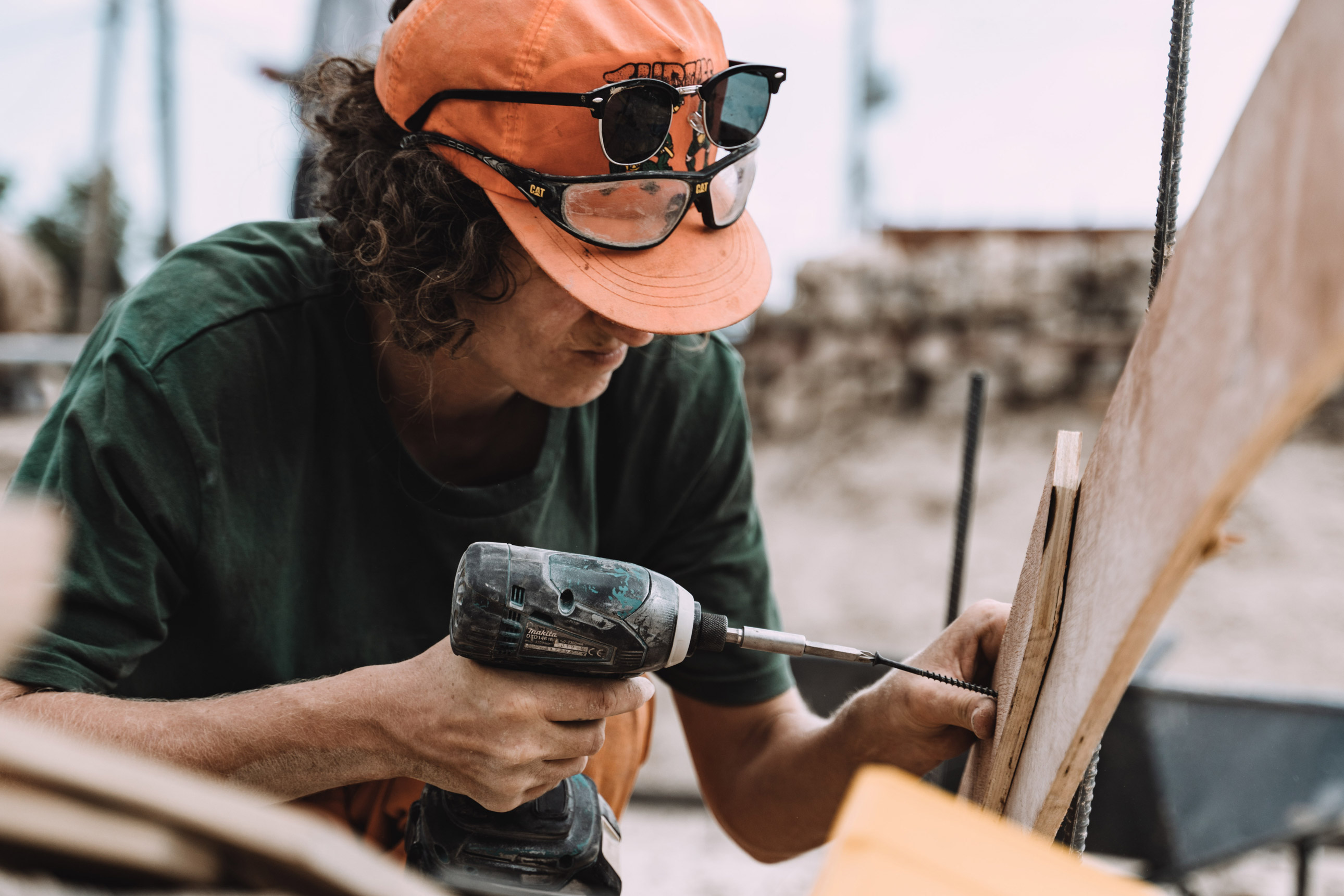

Lisa Jacob has been building skateparks all over the globe, from Mozambique to Iraq, and just about every country in between.
The French skateboarder is an NGO founder and magazine publishing director at Forever Playground, a skatepark builder at Wonders Around the World, CJF, Make Life Skate Life and Antidote Skateparks, and sits on the Advisory Board for Concrete Jungle Foundation. In short, Lisa is doing a hell of a lot to spread the joy of skateboarding to every corner of the world.
We spoke to her about how she got started building skateparks, what it was like building in Jamaica when Covid hit, how skate organizations can continue to have an impact during these times, what projects are on the horizon, and more.
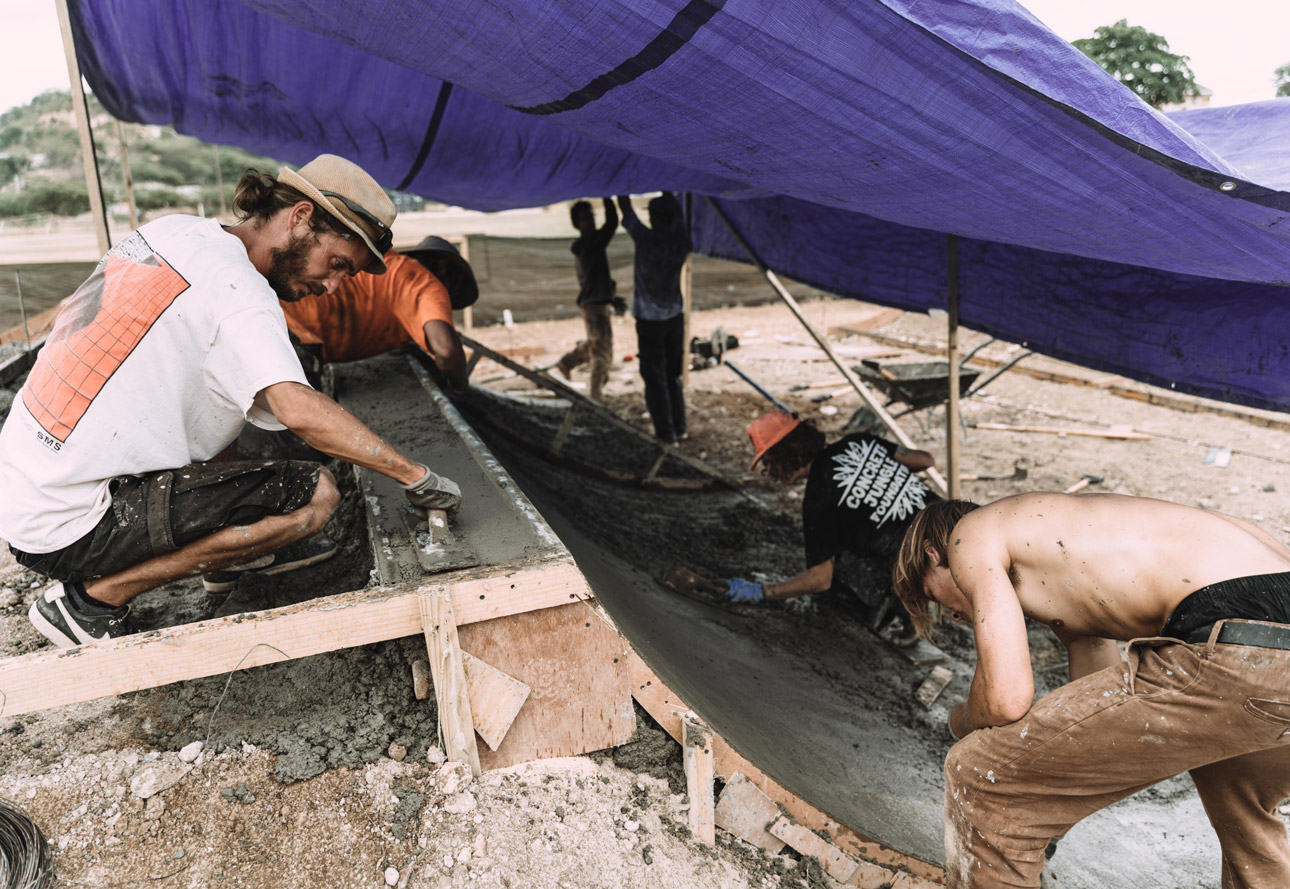
I just watched the documentary “The Wave” about the skatepark in Jamaica which you built with Concrete Jungle Foundation. How was that experience?
It was really dope, my favorite project so far I think. We were staying in Jamnesia Surf Camp which was located only five minutes walk from the construction site and was right in front of the beach. They had reggae music jam every Saturday night and they were cooking the best food for us. The vibes were so good in this little paradise. And I loved working on that park, the design was super good, there was not so much things we wanted to change. It was just a pleasure to work on anything that was designed. And the local community was super helpful and stoked to see that project coming along. We had six locals skateboarders (2 were girls) that were working with us as paid apprentices so they could learn to build skateparks while getting supported financially. It’s really important to have this kind of opportunity for the local population when you go somewhere to do something. They have to be involved from the early stages and feel that it’s their project, because in the end it is. They were hyped to meet so many people from different countries coming with various skills that they could learn from. And we were lucky too, being able to meet the local community and dive into a very special culture. It’s an exchange, everyone is giving and receiving from the others. I love that in skateboarding, it’s always been more about sharing and helping each other.
What was it like working on that right up until Covid hit?
Of course when Corona started to hit, everything became a bit more complicated. At the beginning I must say we didn’t feel so concerned about it as we were working everyday and living in our own special bubble. It was more what we could hear from Europe, everybody there seemed to be going crazy while we were living our dream. But at some point, Jamaica had its first Corona cases and of course it was right there in Bull Bay where we were. So we got into quarantine. We were still going to work on the park everyday but the concrete company stopped the delivery. We started freaking out.
“We can’t save people from Corona but we can pour 1300 sq meters of concrete by hand if we really have to.”
People in Europe didn’t really get it, I heard stuff like, “why do you care about concrete when everybody is dying here?” So I’m gonna answer here: it’s not that I don’t care that people are dying somewhere but if there’s nothing I can do about it I don’t wanna care too much either, it’s useless. I’m stuck in Jamaica, me being sad is not gonna help anyone in Europe. On the other hand, I was there in Kingston to build that park with my friends and yes, the concrete delivery is all that we cared about because at that point, that moment in life, the only thing we could do is make that project happen. People were counting on us and we had a deadline, volunteers like me will be flying out at some point, with the tools and the skills. So yeah it was the most important thing to us. We had 1300 sq meters to pour, it’s a lot of work… We considered renting mixers and buying raw materials (gravel, sand, cement) to do it by hand, which is quite insane considering the size. In the end, they started delivering again after five days, because we explained the whole situation. The big boss came to see the site, we were like, “we have to do it now, we already lost five days of pouring, which we couldn’t afford, we have to keep going.” So yeah, sorry but I want to care about the stuff that I can do something about. We can’t save people from Corona but we can pour 1300 sq meters of concrete by hand if we really have to. So yeah this was hard and then of course not even a week later volunteers started flying out. Everybody’s plane got cancelled one by one, so we started losing people everyday. The embassy and family were calling all the time. At the end it was like, “this is the last flight out of the island or you get stuck for we don’t know how long. Could be months.” So yeah we had to make choices of leaving or staying. Some left earlier, some stayed four months more. That’s how you get it done during those times, people have to make sacrifices.
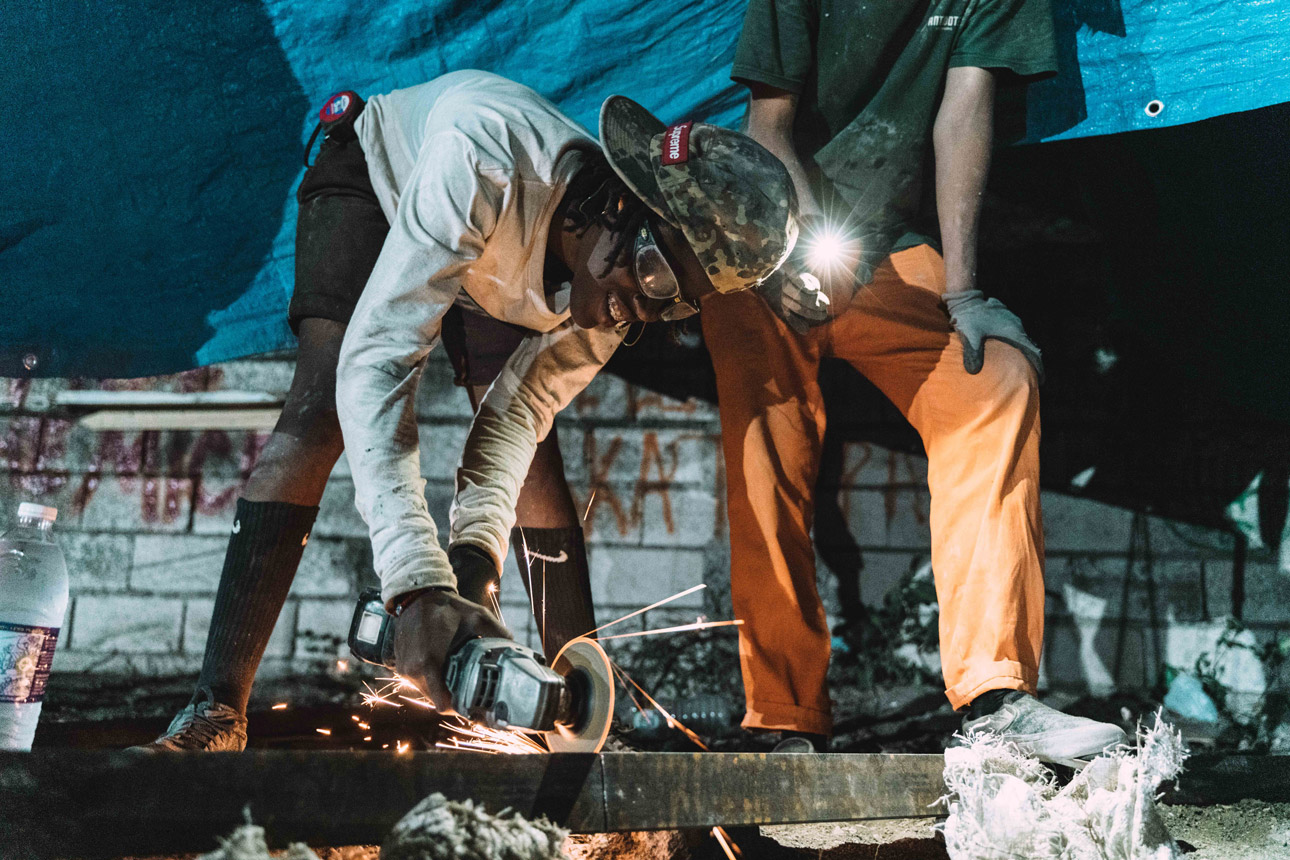
What kind of impact have you seen that skate park have on the community in the 6 months since it was completed?
First impact is that they now have this beautiful 1300 sq meters skatepark open for everyone to enjoy freely and that 6 locals got to learn specific skills about skatepark construction during the build. There’s now nine local persons employed (6 are permanent positions and 3 are freelancers) on the park staff (skatepark manager, community manager, media manager, Edu-Skate teachers and Edu-Skate assistant teachers). There’s about 120 kids impacted through the Edu-Skate program (about 30% girls), more than 1,000 boards loaned and more than 200 weekly skatepark users. There was also community activities like painting the youth center or planting plants around the park for everyone to join on some weekends. This place is for sure becoming a hub for positive youth engagement and creativity. Can’t wait to see what will come next from there! Big thanks to Tim Van Asdonck, CJF program director, he is doing such an amazing work on the fields after each build. It’s really impressive.
How did you first get into building skateparks?
I found myself on my very first skatepark build very randomly actually. It was 2014 I think, I was travelling to India with Louisa Menke and we had no idea what we were doing there, so after a week of going around as tourists, we got a bit bored and sent a message to Atita Verghese. My friend Beny Gonsolin from Wall Street Lyon happened to meet her and the Holystoked crew a year before while travelling. So we decided to reach out to that girl and she replied almost straight up, she was super excited, she had never seen any other girls skaters, no-one was coming yet, so she was stoked and wanted to meet up. At the time we were in South India in Varkala beach and she said that she was building a skatepark in Kovalam at SISP school, which was only an hour away on the train. So we traveled there the next day and just stayed there for more than two weeks until the park was completed and then followed her to Bangalore to meet up with the skate scene there and visit their DIY spot, The Cave. Atita was super motivated, she was doing Girl Skate India and thought that it would be sick to invite other skater girls from all around the world to do a bus trip in India and go around to do workshops for the kids, skate some spots, build obstacles… So a year later I came back and built a little quarter pipe with the girls. And from there, heard about the Addis Abeba project from Make Life Skate Life and joined a few months later in 2016. Then it was just meeting people, travelling around, working a lot, seizing opportunities, learning and sharing. And that’s almost all I’ve been doing the past 4 years.

Can you give us a list of all the cities around the world where you’ve built skateparks?
Ethiopia (Addis-Abeba, Hawassa) Nepal (Pokhara), Angola (Luanda), Morocco (Taghazout), India (Kovalam, Kodi Bengare, Mahabs), Maldives (Hullumalé), Iraq (Sulaymaniyah), Brazil (Mare, rio favela), Mozambique (Maputo), Tanzania (Arusha), Jamaica (Kingston).
In Europe: Budapest, Paris, Bruxelles, Aarhus, Grenoble, Nafëls, Glucksburg, Rotterdam, Chamrousse and some random little French towns that you’ve never heard of.
“Only the fact that there were so many guns around I didn’t like, I couldn’t get used to it… Otherwise it’s probably the place where the streets are the most alive.”
Of all of those, do you have a favorite city or skatepark? Or any particularly fond memories of a certain place?
Kingston is definitely my favorite park, it’s huge and there’s everything you want, all the obstacles, it’s all there and some very funny creative ones. It’s not too steep, not too high. I think it’s fun for everyone, it’s perfect. There’s a lot of space and the lines work, it’s flowing, the features are amazing, it’s the dream. I would love to have this one next to where I live.
As a city I would maybe say Sulaymaniyah. I loved Kurdistan — I really like the Middle East vibe. I went to Palestine for the Skate Play project, one of the best memories I have also. And in Maré, one of Rio’s favela, people are always outside playing, chilling, listening to music, there’s a huge community vibe that is really touching. The pool tables are outside of the bars — not inside, outside on the sidewalk — so everybody just passing by can watch the game. They like having big speakers in front of the houses, the streets are always loud with music and laughs. Only the fact that there were so many guns around I didn’t like, I couldn’t get used to it… Otherwise it’s probably the place where the streets are the most alive.
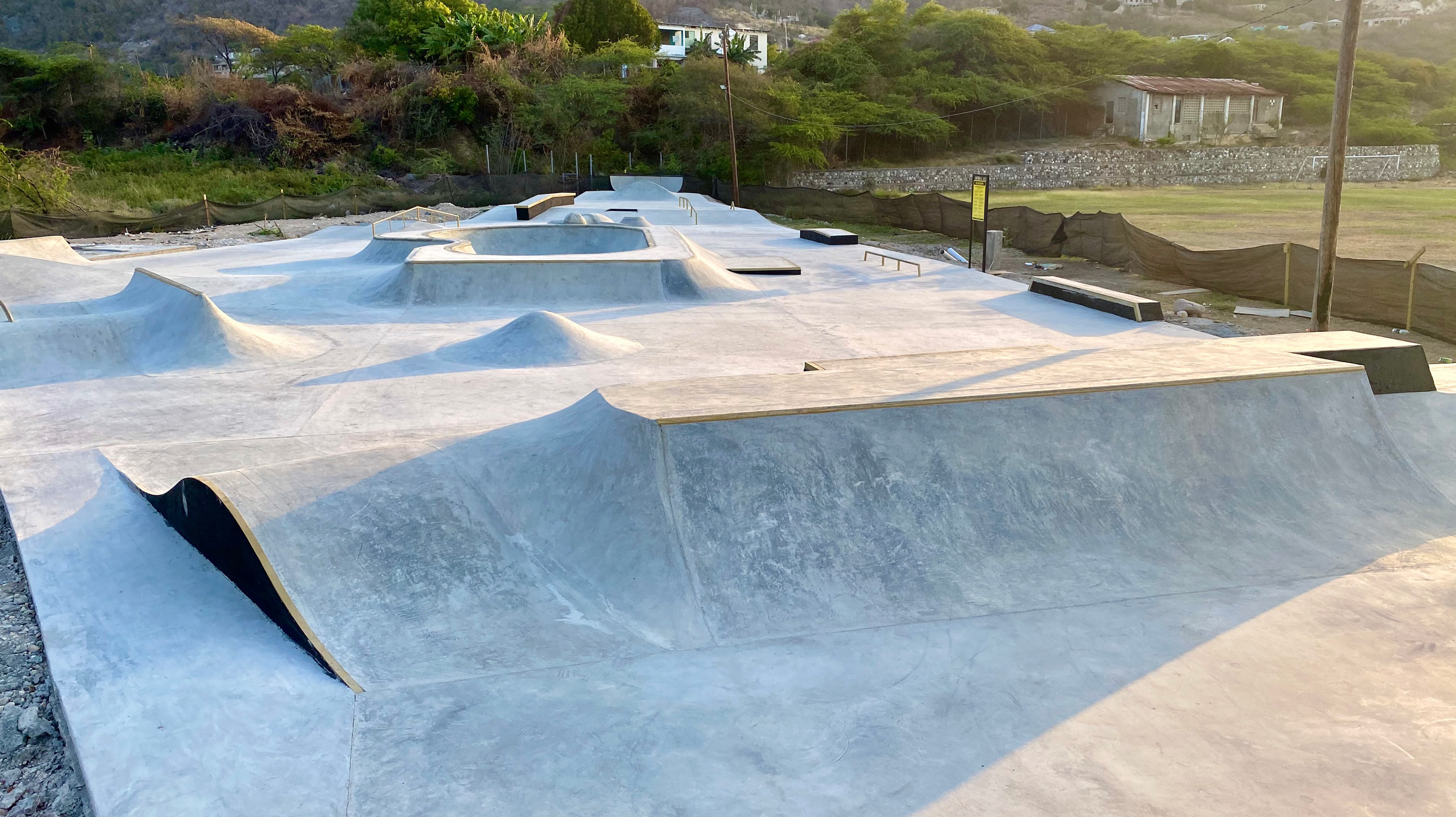
You’re also the founder and editor of Forever Playground. Can you tell us a little bit about that?
It’s an international non profit organization that documents and funds social projects in the realm of skateboarding. We do that through printing magazines and website articles presenting different projects across the globe, giving exposure to unknown skateboarding scenes and sharing inspirational work from various organizations, communities dedicated to the same cause: sharing skateboarding culture to those who can benefit the most. All our profits are directly invested in supporting skateboarding projects with a social impact on the youth and the community around in places that lack positive creative activities. We believe that skateboarding has a huge potential to emulate self expression, engage cross cultural connections and build up resilience among individuals. So yeah, Forever Playground aims to highlight skateboarding solidarity initiatives in which people can develop, grow and thrive. It doesn’t have to be skatepark builds. I’m actually super curious about anything about skateboarding that brings people together and requires creativity, skills and play. So it’s meant to document those initiatives, and by doing that, raising funds to give back to that kind of projects. It’s a circle.
It started with the will to remember the good things and intentions that I’ve witnessed along the road and the desire to inspire more people about what can be achieved within skateboarding. It’s literally gold, I think it needs to be shared. That’s how the first issue was born in 2019.
Then, when I came to Kingston in April 2020, I was working on the second issue, and with the lockdown I took the time to do paperwork to register as a non profit and open a new bank account for it because I want to try to get government funds and I need to make invoices to get corporate donations. So it was necessary to become a bit more legit than just doing zines in the corner. Clement Taquet from Concrete Jungle Foundation got on board to help with administration and digital so we could launch the website with the second issue of the print magazine. There’s still a lot I wanna do with this online medium as I want Forever Playground to also be a platform that shares cultural knowledge within skateboarding, through books, studies, documentaries, conference talks, anything skate related that brings something on the table and help us understand human’s panel of emotions, society ins and outs and how skateboarding culture values can lead us through all this for the best.
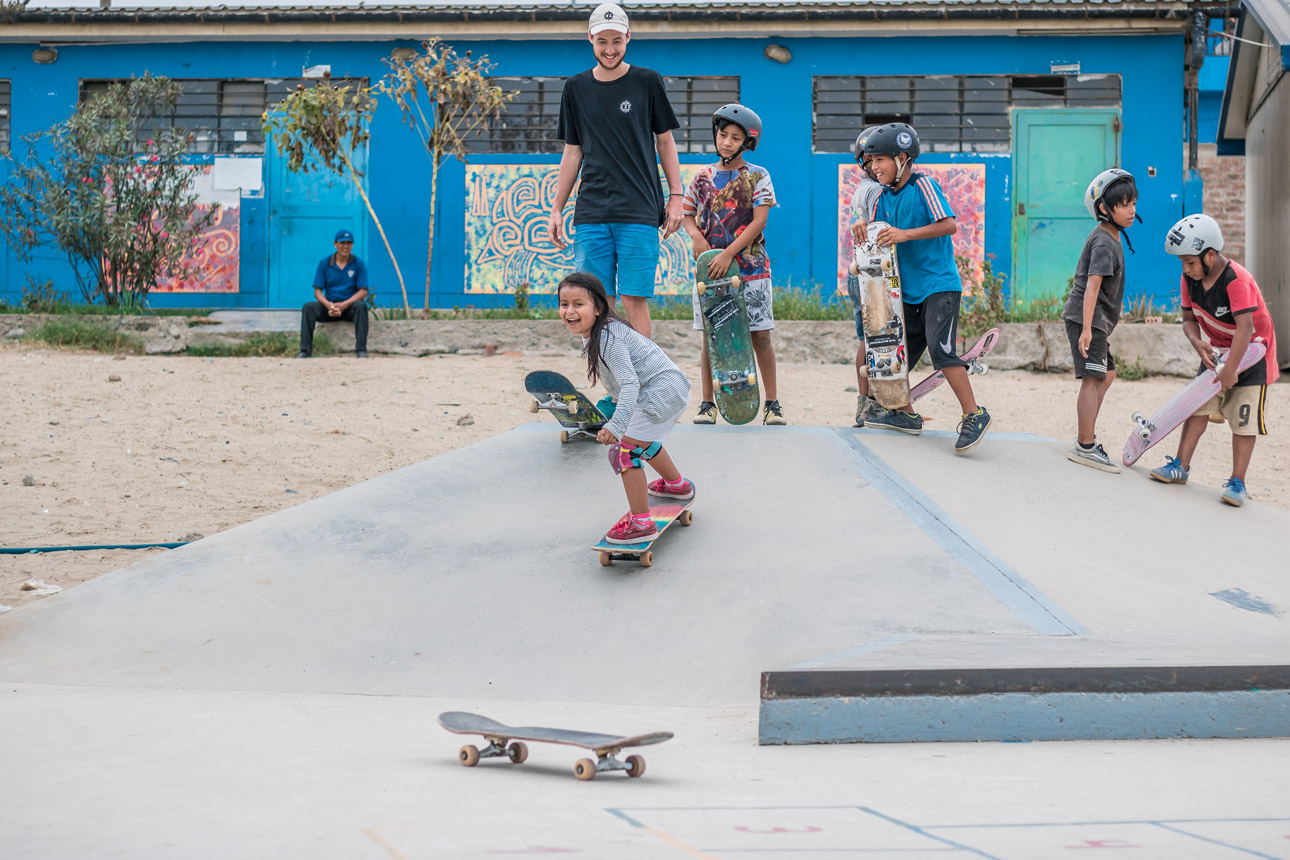
With travel restrictions and lock downs still part of our reality, how do you think skate companies and NGO’s can best support communities?
It’s a tough one but there’s always something to do. Even in those times. I will take the example of my german friend Maze. After the Beirut explosion, he collected more than 60 boards and raised funds through his local events. Then he flew there, brought boards to Lebanese skateboarders, help them with their medical bills, explosion damages, is now looking for a land to build a park and with our friend Jacob Wiese that just got there are trying to make a board press so locals can make their own boards. Of course it’s not just them, they’re doing it with the locals but it’s probably the little push that was needed. Sometimes it just takes one person to start a solidarity chain reaction that is gonna touch the whole city. It’s really inspiring, you guys are the best!
“Sometimes it just takes one person to start a solidarity chain reaction that is gonna touch the whole city.”
Any new projects coming up or in the pipelines?
I’m meant to go to Bangladesh in January with Wonders and then fly to Peru with CJF in February. The whole year is actually pretty busy but let’s see first how those two are gonna go. With the pandemic situation, everything changes all the time, so you never know if you’ll be able to leave your country when you want. It’s not really up to you anymore. But I’m confident, because we are a big international crew, so even if the French can’t go, other people would be able to fly. So, in the end, projects are still gonna get done. It’s just a bit more hectic in terms of logistics and organization. It’s’ a nightmare ahaha.
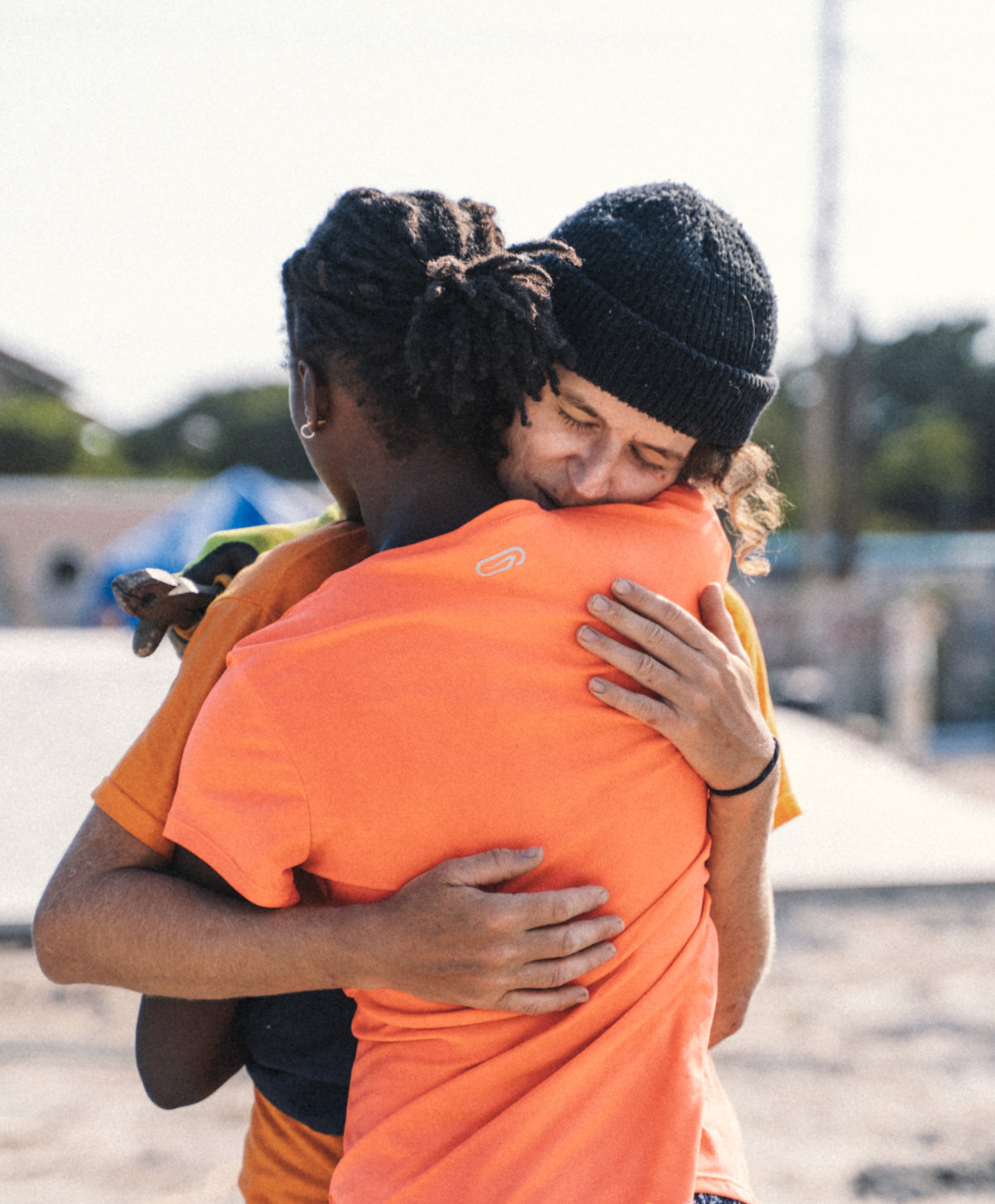
Interview: Sarah Huston
There's a good chance you've stumbled across Hannah Eddy's artwork on Instagram and it most likely put a smile on…
Copenhagen Open once again delivered what is arguably (and it's a very strong argument) the best week of skateboarding. We…
Pushing Boarders is the world’s only skateboarding conference, connecting a wide range of socially progressive groups and individuals, from emerging…